Yes, new skis need waxing before you hit the slopes. That shiny layer of wax from the factory? It’s just there to protect the skis during shipping - not for performance. Skipping this step might leave your skis feeling sluggish and more prone to damage. Proper waxing ensures smoother glides, better speed, and longer-lasting gear.
Key Reasons to Wax New Skis:
- Factory Wax is Temporary: It’s a basic coat meant for storage, not skiing.
- Improves Performance: Waxing reduces friction and enhances glide.
- Protects the Base: Adds a layer of defense against wear and tear.
If you’re using compact Snowfeet* products, waxing is even easier. Their smaller size means less time, less wax, and simpler maintenance compared to long skis. Whether you’re a beginner or a seasoned skier, waxing is a quick step that makes a big difference.
Ready to ski? Start with a good wax job for a smoother, safer ride. :)
Factory Waxing on New Skis
What Is Factory Waxing?
Factory waxing is a basic layer of storage wax applied during production to protect skis from oxidation during shipping. Brands like Rossignol, Atomic, and Head include this wax as a standard part of their manufacturing process.
As skidriver puts it:
"The wax that is on new skis from the factory is a storage wax to keep the edges and base from oxidation. It will still go down the hill, but not fast."
Think of factory wax as more of a protective layer than a performance booster. It’s applied quickly by machine, giving the skis a polished look for the showroom. However, this wax doesn’t have the temperature-specific properties or durability that skiers need for top-notch performance on the slopes.
Preparation standards vary quite a bit between brands. For example, Volkl ships skis with a 2.5-degree edge bevel, which means less edge work is needed, but they still benefit from waxing. On the other hand, Rossignol and Dynastar skis often require more prep work, while Atomic skis typically come with a 1-degree base. Augment skis are an exception - they’re often ready to hit the slopes right out of the box with a 0.5° base.
Is Factory Waxing Enough?
In short, no. Factory wax might get you down the mountain, but it’s not going to give you the performance you’re looking for.
Boombollie doesn’t mince words:
"Factory wax is pretty much a light protective coat. It's dry, slow, and shitty. Definitely give em some love if you can before you hit the hill."
Factory wax also degrades over time. If the skis have been sitting in storage or on display, the wax may have already dried out. Even when fresh, factory wax usually lasts for just a couple of runs. It’s designed to protect the skis, not to enhance your ride.
Ski experts agree: while skipping the initial waxing won’t ruin your gear or drastically affect your performance, it’s a missed opportunity for a smoother, faster experience. As Unofficial Networks explains:
"Holding off on waxing your brand new skis will not be dangerous, and it probably won't hurt your performance or your gear all that much. But, if you want a more personalized feel and you want a bit more speed, wax them before you use them!"
This is why re-waxing your skis before hitting the slopes is highly recommended.
Why Snowfeet* Stands Out

Snowfeet* takes a different approach that minimizes the shortcomings of factory waxing. Their compact design - seen in the Snowfeet* Mini Ski Skates (15 inches) and Skiskates (17 inches) - uses a much smaller surface area compared to traditional skis that can exceed 5 feet in length.
The smaller base makes it easier to achieve even wax coverage. Snowfeet* products are waxed uniformly from tip to tail, ensuring a consistent glide. Unlike traditional skis, which require more wax and time to prep evenly, Snowfeet* products are quicker and simpler to maintain.
Because of their compact size, Snowfeet* products are less affected by the common issues of factory waxing, like uneven application or dry spots that can hurt performance. When it’s time to re-wax, the process is faster, uses less wax, and is more budget-friendly.
Another bonus? You don’t need a full ski workbench or a large garage to maintain Snowfeet*. A kitchen table or small workspace is all you need, making it easier to keep up with regular waxing. This convenience encourages proper maintenance, which is key to getting the best performance out of your gear.
Benefits of Waxing New Skis
Better Glide and Speed
Waxing your skis is all about reducing friction and boosting performance. A well-waxed base glides smoother, giving you better speed and control on the slopes. Plus, wax repels water and reduces drag, which makes a noticeable difference when you're carving down the mountain. For Snowfeet* products - like the 15-inch Mini Ski Skates or the 17-inch Skiskates - waxing ensures even absorption across their compact design, unlike traditional long skis from brands like Rossignol or Atomic. This not only improves glide and speed but also contributes to their durability over time.
Increased Durability and Protection
Think of waxing as armor for your skis. It creates a protective layer that shields the bases from rocks, debris, and harsh weather conditions. Regular waxing keeps the bases smooth and flat, which extends the life of your gear. It also guards against UV rays, temperature changes, and abrasion. Applying storage wax is another smart move - it prevents moisture from seeping into the base, which can cause damage over time. Thanks to their smaller size, Snowfeet* products need less frequent maintenance, making them easier to care for.
Optimal Performance for Snowfeet*
Waxing isn’t just about protection - it’s also the secret to getting the best performance out of your Snowfeet*. Their compact design allows for excellent wax penetration, which translates to smoother glides and longer-lasting durability. To get the most out of your Snowfeet*, hot wax them, let them cool for about 30 minutes, and then scrape off the excess wax for a clean finish. Storage waxing also keeps the bases hydrophobic, ensuring they stay fast and smooth on the slopes. The best part? Maintaining Snowfeet* is super convenient - you can wax and store them right at home, whether on your kitchen table or tucked away in a closet. Regular upkeep like this means you’ll always be ready for top-notch performance.
Should you Wax a new set of skis? Awesome set of Salomon Max 80 in for a full Wax
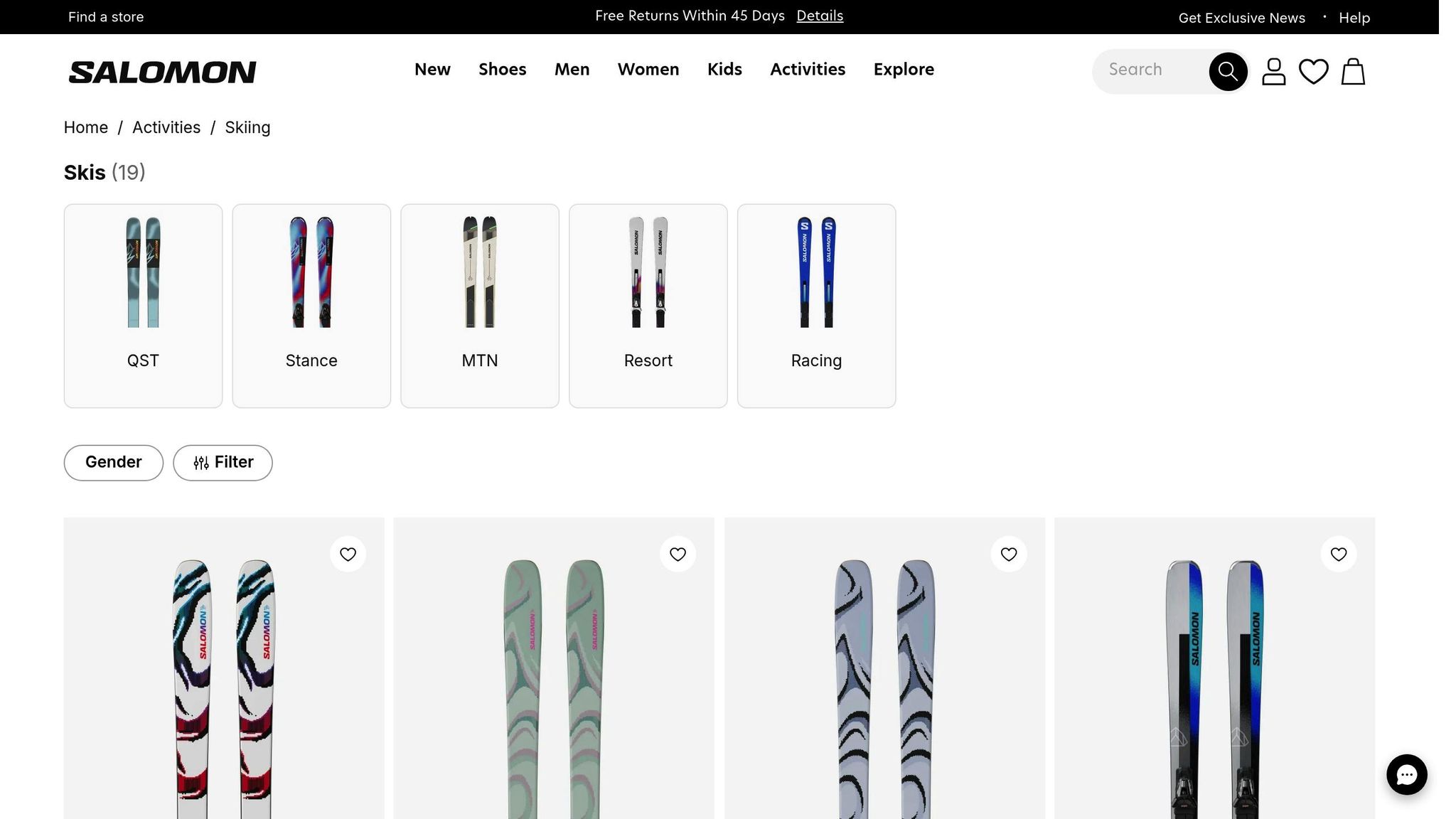
Step-by-Step: Waxing New Skis
Waxing your new skis might seem daunting at first, but it’s actually pretty simple. Whether you’re working with traditional skis or compact Snowfeet*, the process is straightforward. Snowfeet* products, in particular, make things even easier since their smaller size allows you to wax them in tight spaces. Let’s start by prepping the base for a smooth wax application.
Step 1: Clean the Base
Before you dive into waxing, it’s essential to prep the base by cleaning it thoroughly. Grab a clean cloth and wipe away any dirt or debris that might have built up during shipping or storage. Skipping this step could trap unwanted grime under the wax, which is definitely not what you want.
For a deeper clean, you’ve got two solid options: hot scraping or using a base cleaner. Hot scraping involves applying a soft wax, warming it with an iron, and scraping it off while it’s still warm. This pulls out dirt and old residue. As SlideWright Ski & Snowboard Tools, Wares & Tips puts it:
"The best way to clean the bases is the method that is best for you, your preferences, time available, costs or beliefs: either hot scraping, base cleaner or a combination."
If you’re going with a base cleaner, just apply it using a clean cloth or fiberlene paper, let it sit for a few minutes, and then wipe it off. For stubborn debris, a fine steel or brass brush can do the trick. Once your base is spotless, you’re ready to move on to waxing.
Step 2: Apply and Remove Wax
Now for the fun part - applying the wax. If you’re waxing traditional skis, you’ll need a waxing iron and some all-temperature wax. Heat the iron to the recommended temperature (usually 250–270°F) and apply the wax in a zigzag pattern. Then, use smooth, overlapping strokes from tip to tail to evenly spread the wax across the base.
For Snowfeet*, the process is even easier. Snowfeet* liquid wax skips the need for an iron altogether. Just follow the instructions on the product, and you’re good to go. It’s a quick and convenient alternative to traditional hot waxing.
Once the wax is applied, allow it to soak into the base. After it’s set, grab a plastic scraper to remove any excess wax. You’ll want to leave the wax in the base’s pores while clearing off the surface. A plastic scraper is an inexpensive tool, starting at around $8.
With the wax applied and scraped, you’re ready for the final steps - cooling and buffing.
Step 3: Cooling and Final Buffing
Let your skis cool down completely at room temperature. This step ensures the wax bonds properly to the base.
After cooling, it’s time to buff. Use a brass or boar hair brush to polish the base, working from tip to tail with firm, consistent strokes. This removes any leftover wax and creates a smooth, fast surface for better glide.
For Snowfeet* users, there’s an extra step: make sure the base edges are dry to avoid rust. You can even wipe the edges with a light oil before storing them. Thanks to their compact size, Snowfeet* products are super easy to store - tuck them into a closet or slide them under your bed. No need for bulky storage racks like with traditional skis.
sbb-itb-17ade95
Comparing Snowfeet* to Long Skis
When it comes to ease of use and versatility, Snowfeet* has some clear advantages over traditional long skis. Whether it’s about portability, maintenance, or the overall skiing experience, Snowfeet* stands out in many ways compared to long skis from brands like Rossignol, Atomic, or Head.
Comparison Table: Snowfeet* vs. Long Skis
| Feature | Snowfeet* Products | Long Skis |
|---|---|---|
| Length | 15–47 inches (38–120 cm) | 63–75 inches (160–190 cm) |
| Waxing Space | Kitchen table or small workspace | Large waxing bench or garage |
| Storage | Fits in closet or under bed | Requires ski racks or garage space |
| Travel Weight | 2–4 lbs per pair | 8–15 lbs per pair |
| Learning Curve | Beginner-friendly, immediate fun | Steep learning curve, intimidating |
| Maneuverability | Highly maneuverable in tight spaces | Requires wide arcs for turns |
| Stopping Distance | Quick stops in crowded areas | Longer stopping distance |
| Footwear Options | Winter shoes, snowboard boots, ski boots | Requires specific ski boots |
| Maintenance Time | 15–20 minutes for full wax job | 45–60 minutes for full wax job |
Why Snowfeet* Is the Better Choice
One of the standout features of Snowfeet* is how maneuverable they are. According to the Snowfeet Team:
"Short skis are highly maneuverable, making them perfect for navigating tight spaces such as moguls or terrain parks. They are easy to turn which helps to navigate through tricky terrain with confidence."
Unlike traditional skis, which require wide, sweeping turns, Snowfeet* allow you to pivot and carve through narrow or crowded areas with ease. This makes them an excellent choice for skiers who want more control in tight spots.
Portability is another big win for Snowfeet*. Let’s face it, cramming a pair of 170 cm Rossignol skis into your car - along with all your other gear - can be a headache. Snowfeet*, on the other hand, are compact enough to fit in a backpack. Plus, their lightweight design (just 2–4 lbs per pair) makes them easy to carry, even if you’re hiking up a hill.
And then there’s the learning curve. Long skis can feel overwhelming for beginners. They demand both leg strength and precise technique, which can be exhausting and intimidating. Snowfeet* are much more forgiving. They’re responsive and easy to handle, letting new skiers focus on enjoying the ride instead of battling with bulky equipment.
Another bonus? Snowfeet* work with the boots you already own - whether that’s your winter shoes, snowboard boots, or ski boots. That flexibility makes them even more accessible for casual skiers or those who don’t want to invest in specialized gear.
The Snowfeet Team sums it up perfectly:
"Short skis are not just a passing trend - they offer practical benefits that make them a serious contender against traditional skis. Whether you're looking for more maneuverability, easier handling, or just a fresh take on skiing, short skis provide a unique and enjoyable experience for all types of riders."
With their quick handling, compact design, and beginner-friendly nature, Snowfeet* make skiing more approachable and fun - whether you’re zipping down groomed trails or exploring off-the-beaten-path terrain. They’re not just an alternative to long skis; they’re a whole new way to experience the slopes.
Conclusion: Get Your Skis Ready for the Slopes
Key Takeaways
Waxing isn’t just a nice-to-have - it’s essential for getting the best performance out of your skis. The factory wax on new skis, whether they’re classic models from Rossignol or Atomic, or the compact, modern Snowfeet*, just doesn’t cut it. Proper waxing boosts your glide, enhances speed, and protects the bases of your skis. Plus, if you’re using Snowfeet*, the process is a lot simpler compared to the maintenance routine for traditional long skis. Every step in waxing plays a role in keeping you safe and making your skiing experience smoother.
Snowfeet* also bring another advantage: their compact design doesn’t just make maintenance easier - it transforms the way you ski. They combine the safety features of traditional skis with agility and control, perfect for weaving through crowded slopes or tackling tight spaces.
Enjoy the Snow with Snowfeet*
With a stellar 4.9/5 rating and over 5,500 verified reviews, Snowfeet* prove that great things come in small packages. Their design blends the thrill of skiing, snowboarding, and skating into one compact experience. For beginners, they’re a safer choice, reducing high-speed risks. And for everyone, their small size means quick, sharp maneuvers are a breeze - perfect for busy resorts.
So, grab your gear and get out there. Whether you’re carving down the mountain or gliding through the snow, Snowfeet* are ready to make your time on the slopes unforgettable.
FAQs
Do I need to wax my new skis before hitting the slopes?
Should You Wax Your New Skis?
Absolutely, you should wax your new skis - even if they’ve got that shiny factory wax on them. Here’s the deal: factory wax is mostly there to protect the skis during shipping and storage. It’s not really meant to give you the best performance on the slopes. A proper waxing job helps your skis glide better, gives you smoother control, and protects the base from getting worn out. Plus, it keeps your skis in good shape for longer.
If you’re rocking Snowfeet products like Skiblades or Skiskates, waxing is just as important. These compact, high-performance designs thrive with a fresh wax job, letting you get the most out of them on the mountain. And while big names like Rossignol or Atomic also recommend waxing, Snowfeet’s short ski setups are especially easy to prep and perform amazingly well after waxing. So, take a little time to wax them up - it’s a simple step that makes a big difference when you hit the snow.
Why is waxing important for Snowfeet* and how does it compare to traditional skis?
Waxing is a must if you want top-notch performance from your Snowfeet*. It helps create a slick, low-friction surface that boosts your glide, speed, and control - no matter the snow conditions. Plus, waxing adds a layer of protection to the base, helping your gear last longer.
When waxed properly, Snowfeet* can match the speed and durability of traditional skis from big names like Rossignol or Atomic. But here’s the kicker: Snowfeet* are lighter, more compact, and way easier to handle. If you’re after high performance without the bulk, Snowfeet* are a no-brainer.
Do I need to wax my new skis before hitting the slopes?
Yes, waxing new skis is a smart move to get the best performance out of them. While most skis, including Snowfeet* Skiblades and Skiskates, come with a factory wax, it’s usually just a light coat - not enough for smooth gliding or proper base protection. A good waxing not only helps your skis glide better but also shields the base and makes your time on the slopes much more enjoyable.
Here’s how you can wax your skis:
- Secure the skis on a stable surface so they don’t move around.
- Drip ski wax onto the base.
- Use a hot iron to spread the wax evenly over the surface.
- Let the wax cool completely (about 30 minutes should do it).
- Scrape off the extra wax with a plastic scraper.
- Brush the base to remove any leftover residue and improve the glide.
For brand-new skis, it’s a good idea to repeat this process 3–4 times. This helps the wax really soak into the base for better long-term performance. Snowfeet* products make this process even easier. Thanks to their compact design, they’re much simpler to handle compared to traditional skis from brands like Rossignol or Atomic. By giving your Snowfeet* gear a proper wax, you’ll be ready to hit the slopes with smooth, effortless rides right from the start.

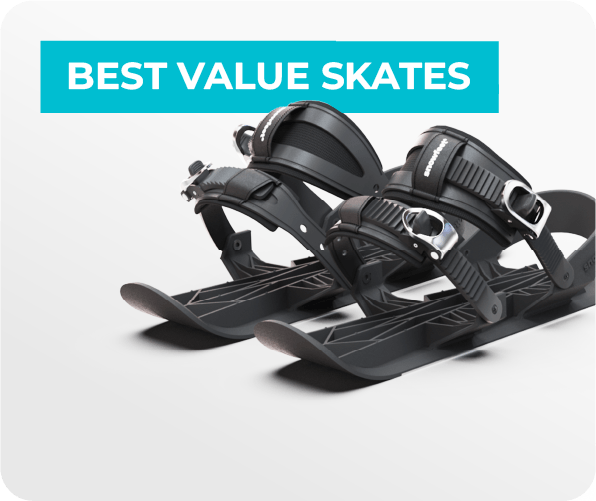



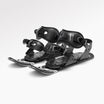
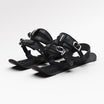
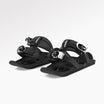
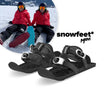

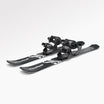

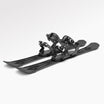
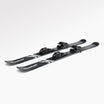






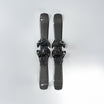

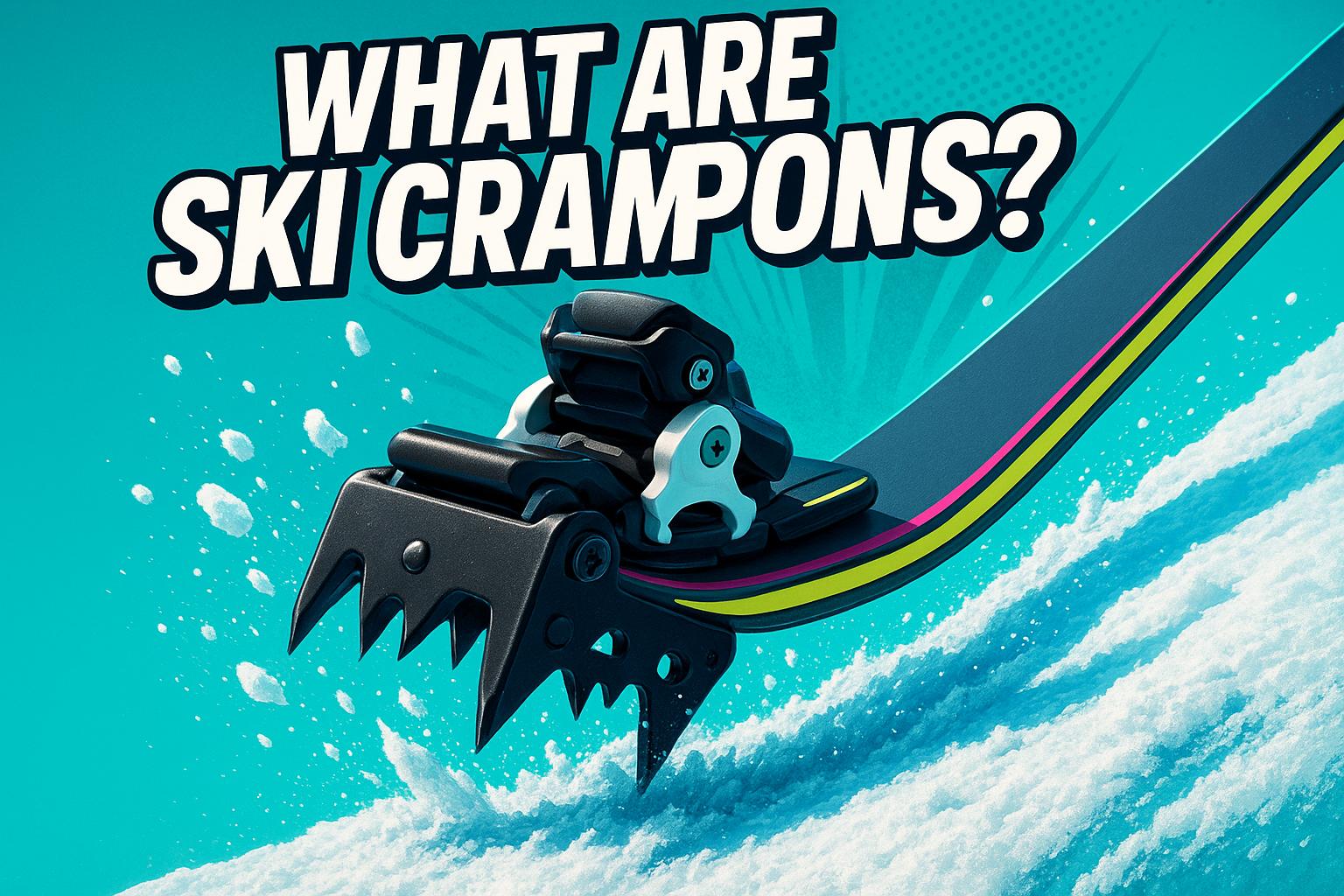
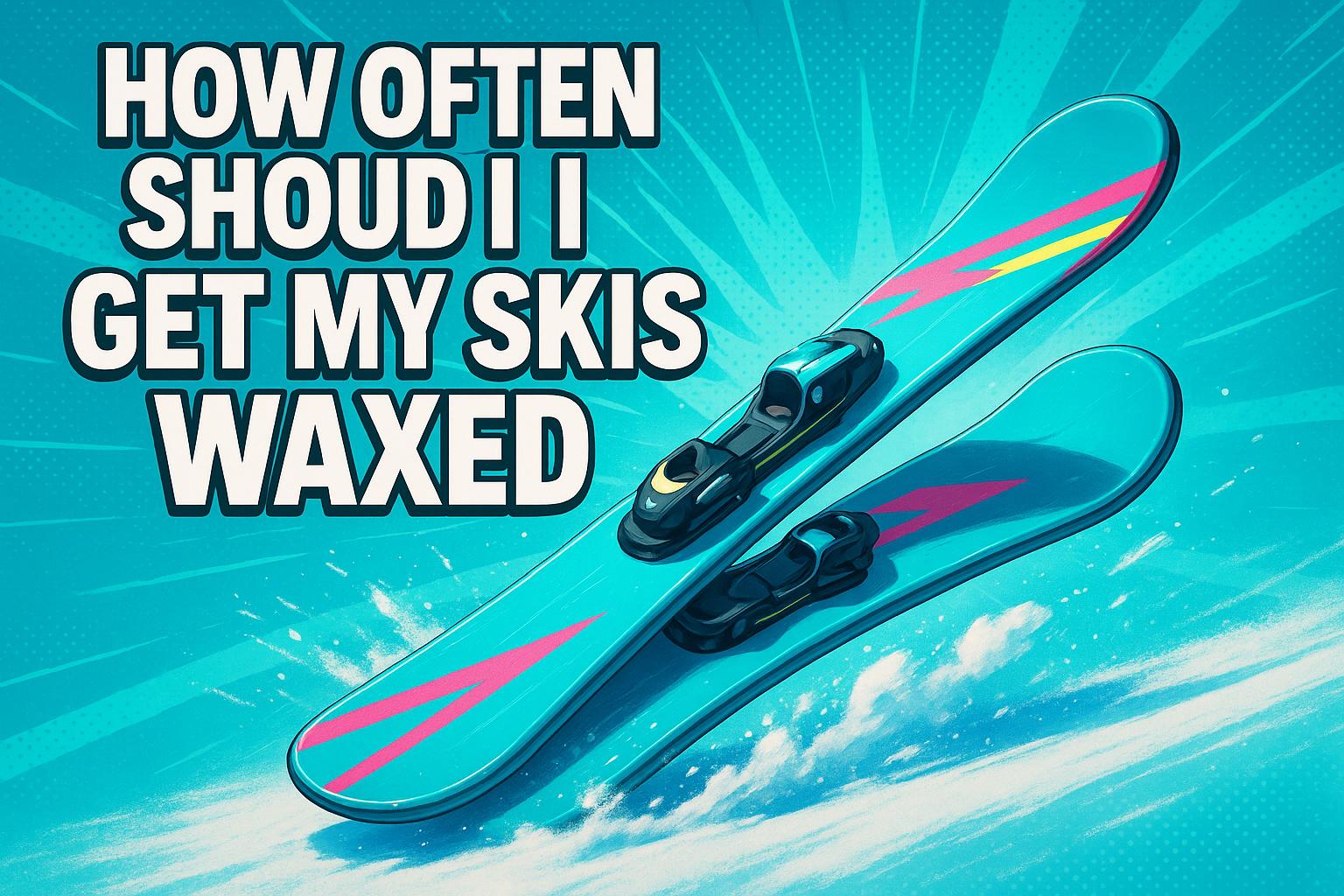
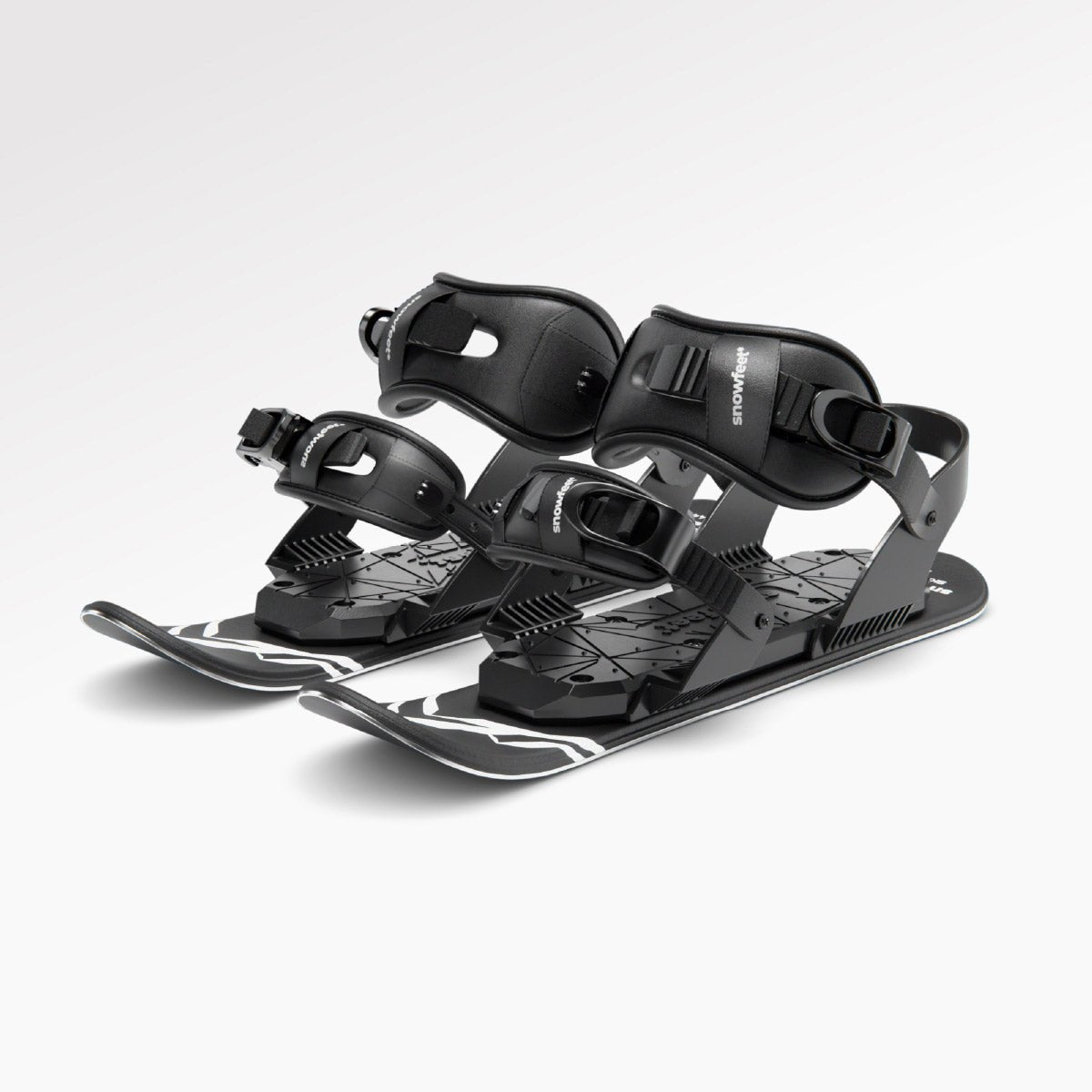
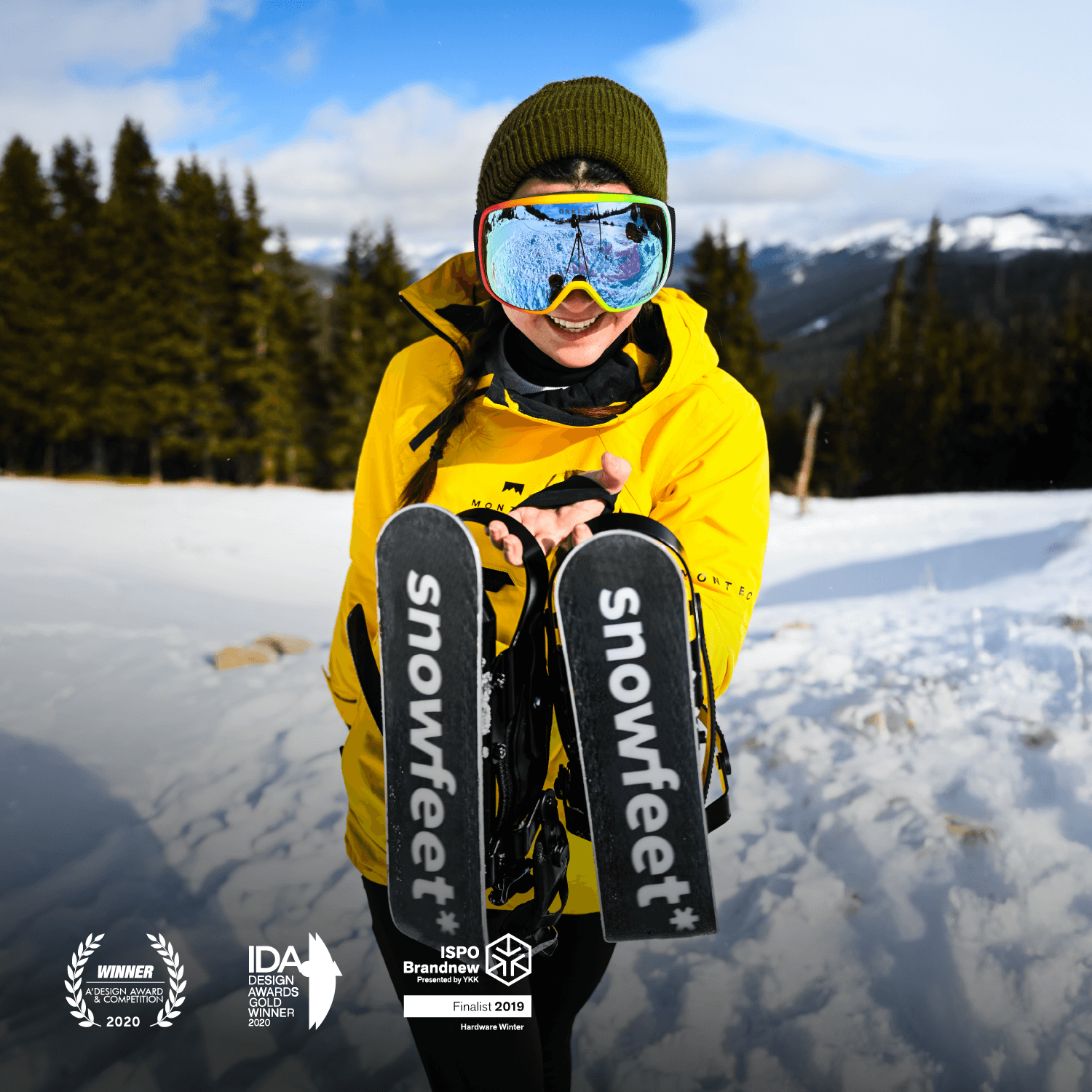
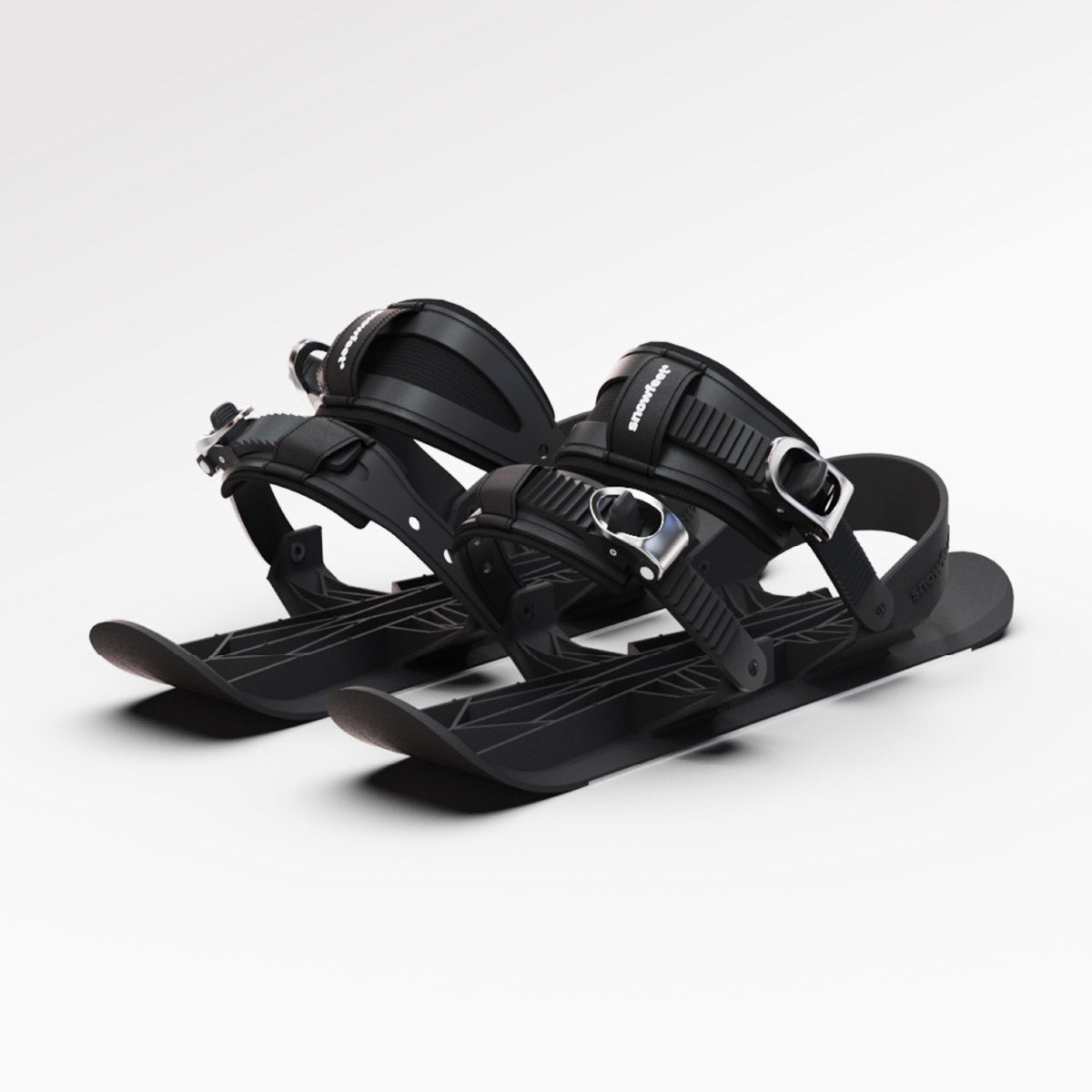

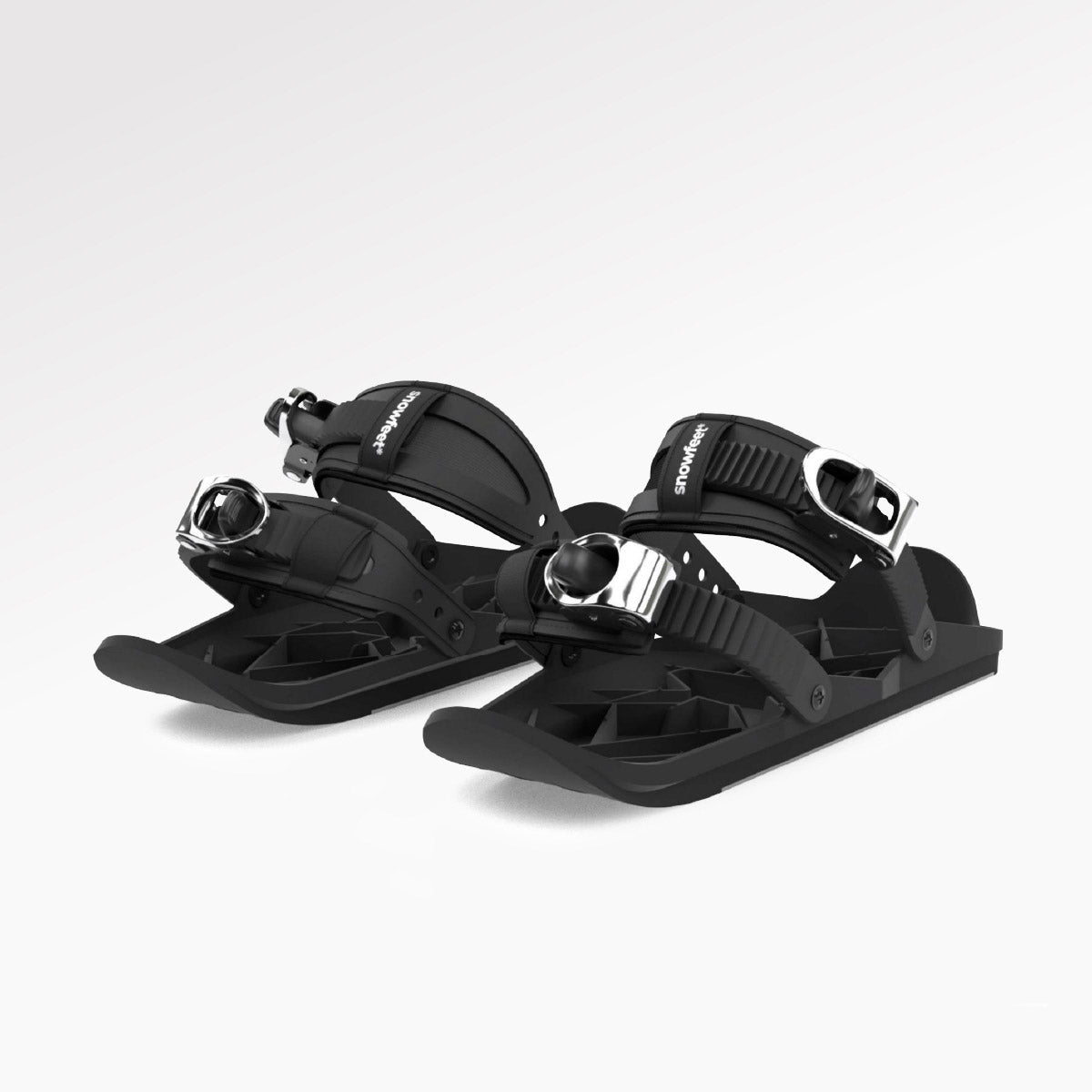
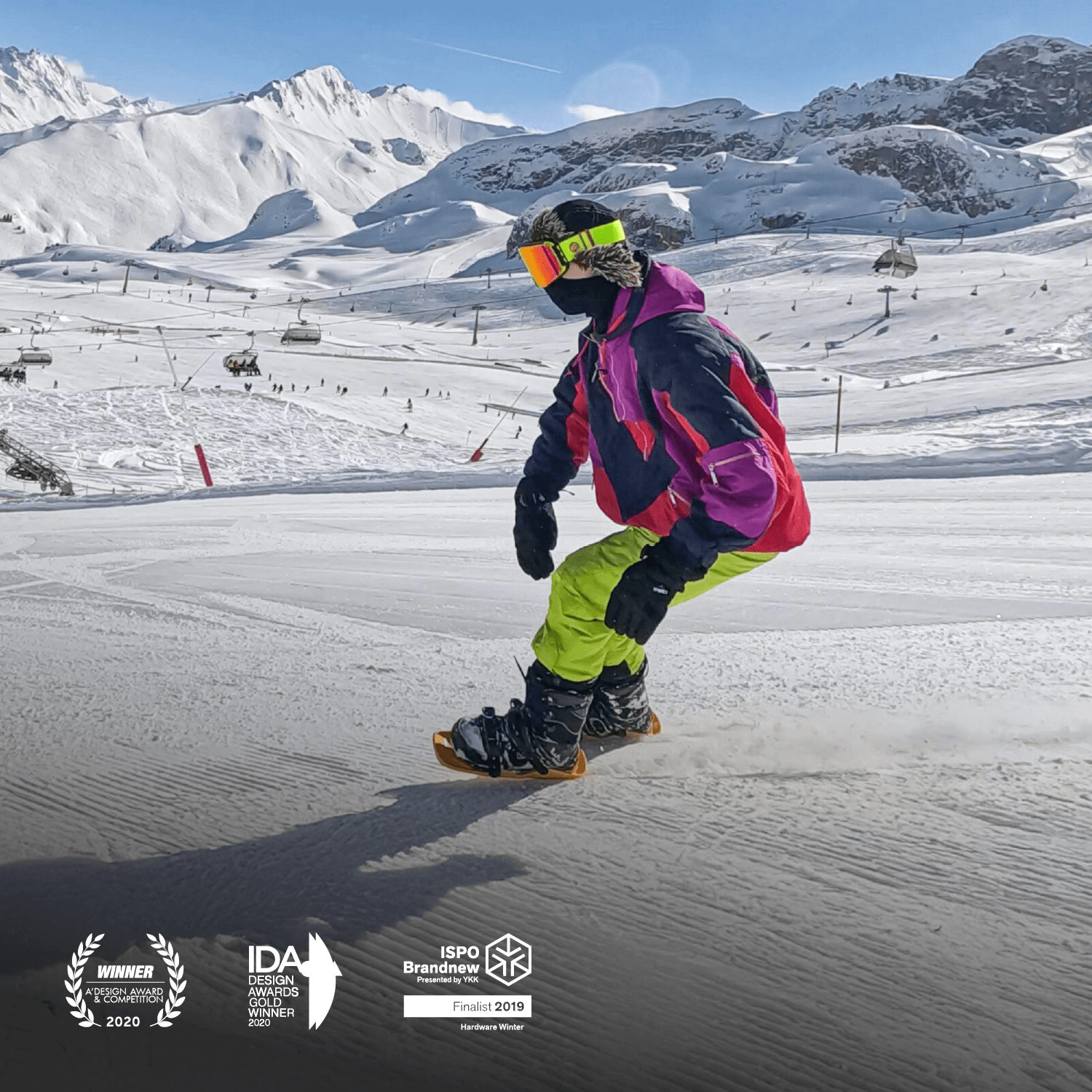


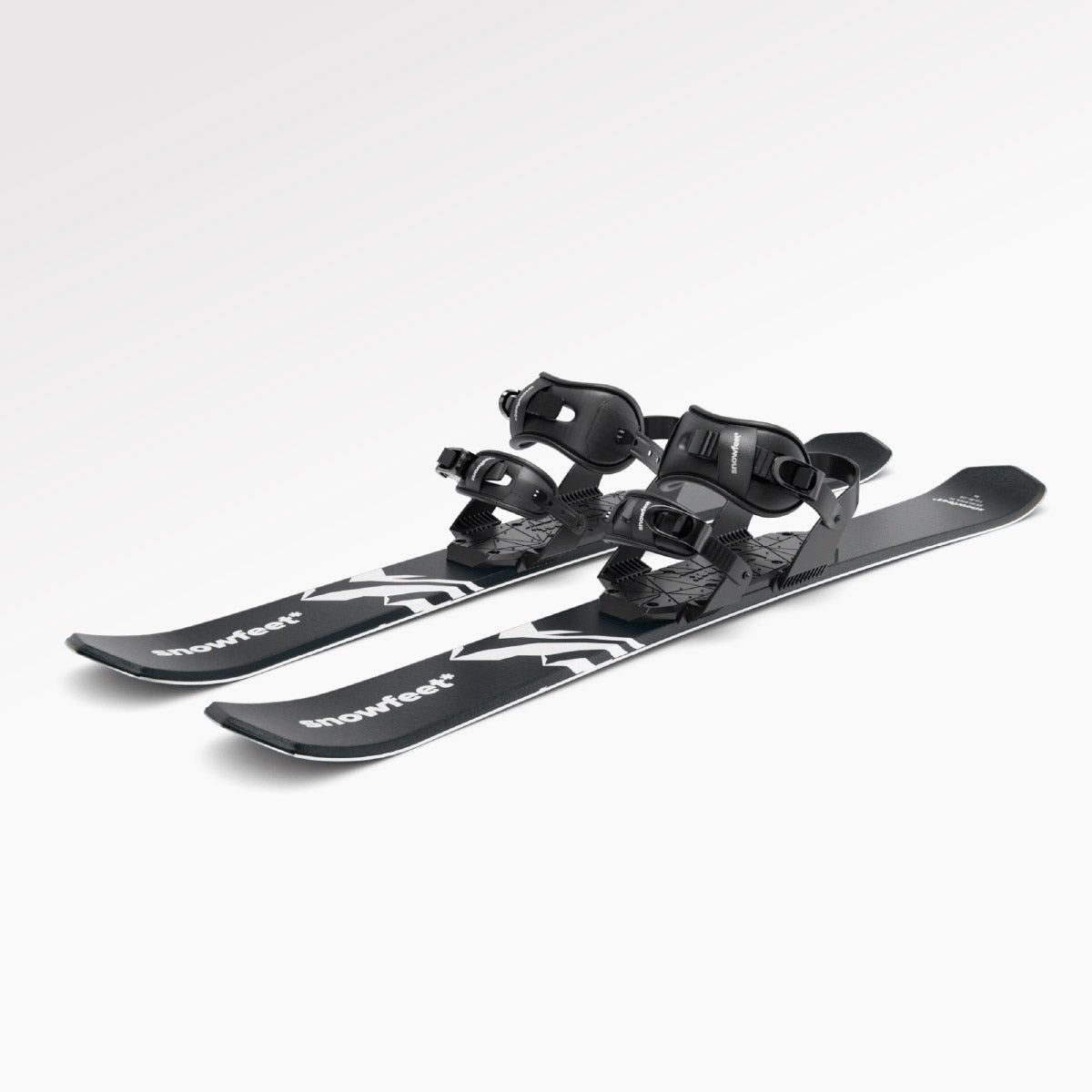

Leave a comment
This site is protected by hCaptcha and the hCaptcha Privacy Policy and Terms of Service apply.